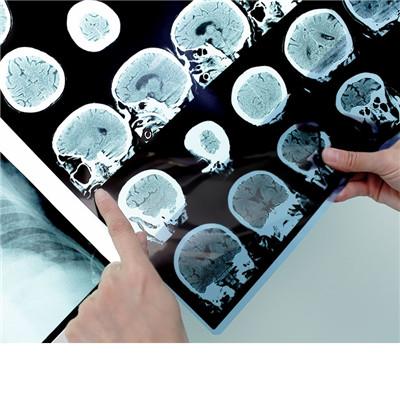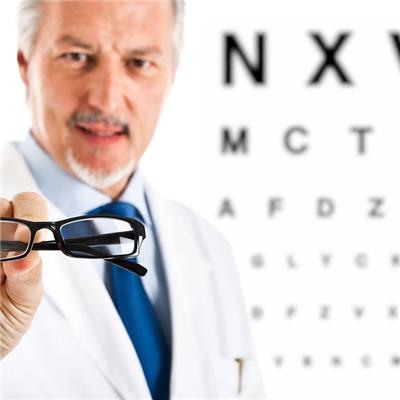Treatment of anal fissure
summary
People suffering from anal fissure, there will be severe pain symptoms, but also accompanied by itching symptoms, if not treated in time, it will cause a lot of gynecological diseases, so timely treatment is very important. In order to completely solve the situation of anal fissure, we can choose surgery for treatment. Surgical treatment of anal fissure includes anal fissure resection, skin flap plasty, anal canal expansion, internal sphincterotomy, posterior internal sphincterotomy, lateral internal sphincterotomy, etc.
Treatment of anal fissure
1. Anal fissure resection: it is suitable for patients with large anal skin defect and anal fissure combined with anal stenosis. If combined with sentinel hemorrhoids and anal papilla hypertrophy, it can be removed at the same time. The longitudinal incision can be sutured horizontally with silk thread. Liao Xingzhong et al. "1. To improve the suture method, the longitudinal incision was extended appropriately, the length of the transverse incision was unchanged, but the central part was not sutured, and a radial incision was reserved at the lower part for drainage, which seemed to reduce the tension of the transverse incision and speed up the healing. In addition, conventional lateral internal sphincterotomy can reduce long-term recurrence.

2. Skin flap plasty: it is mainly used for chronic anal fissure with typical anal fissure triad or anal ulcer with high scar hyperplasia and anal canal stenosis. First of all, the narrow part of anal canal was incised, the bottom of anal fissure ulcer was completely removed, the pale internal sphincter was cut off, the red external sphincter was not damaged, and the sentinel hemorrhoids, hypertrophic nipples and dermatophytes were removed. A V-shaped incision was made 1-2cm from the lower edge of the wound, parallel to the wound edge. Only the epidermis and dermis were cut to avoid subcutaneous fat. The flap was sutured to the rectal mucosa intermittently. Because the wound after anal fissure resection was covered in one stage, the operation was cured quickly, the complications were less, and the pain was less, but there was occasional occurrence of anal incontinence. Note that this procedure does not relieve sphincter spasm.

3. Anal canal dilation: in 1838, recamer was the first to use this method in the treatment of anal fissure. After anesthesia, first insert the index finger of one hand into the anal canal, then insert the index finger of the opposite hand, gently pull the two index fingers on both sides for 30 seconds, then insert the middle fingers of two hands successively, and carefully expand the anal canal with four fingers for 4-5 minutes. Some hospitals also use anal retractor or balloon to expand the anal canal. This method is rapid, effective and simple to relieve the symptoms of anal fissure, but it is easy to relapse, and the internal and external sphincter dilate at the same time, the degree of expansion is not easy to control, and the damage of exhaust and defecation control ability is difficult to avoid. This method has been replaced by internal sphincterotomy in recent 10 years.

matters needing attention
Hope to help the majority of patients with friends. Anal fissure is a serious local ischemia caused by the spasm of sphincter in the base, which is the main cause of anal fissure. Therefore, the surgical treatment of anal fissure is to alleviate the spasm of internal sphincter, and the current surgical treatment effect is satisfactory.
















